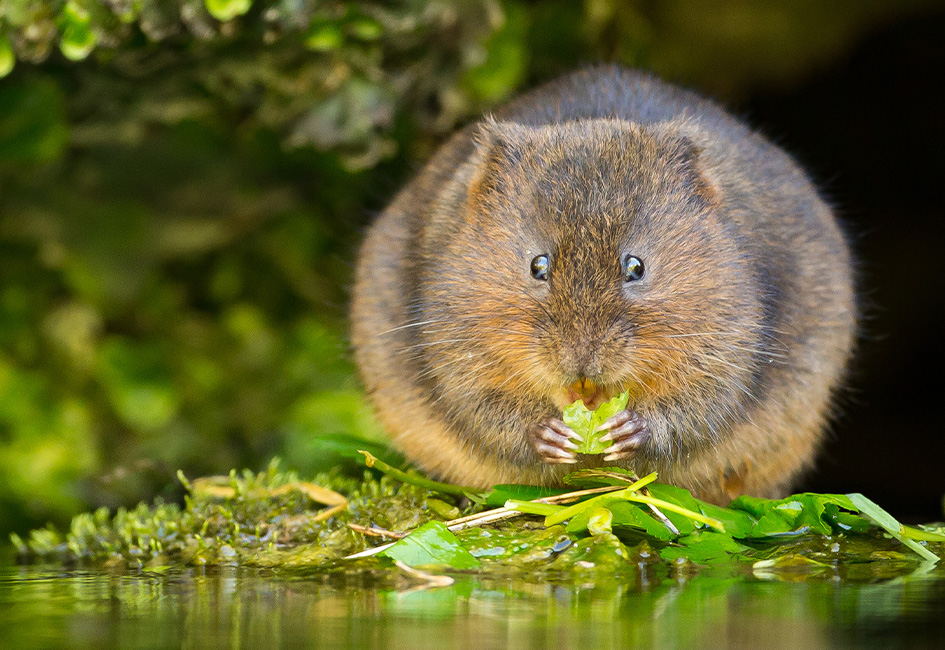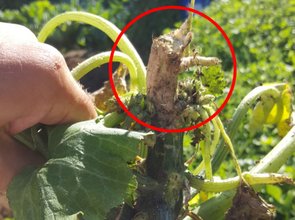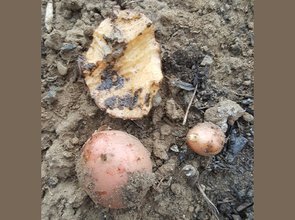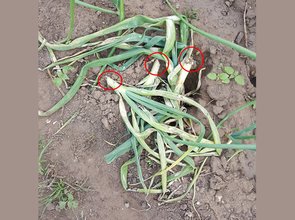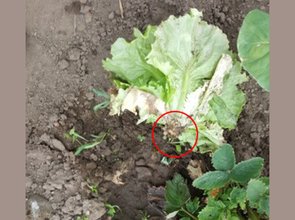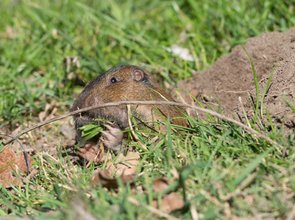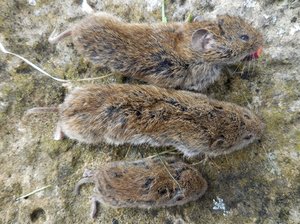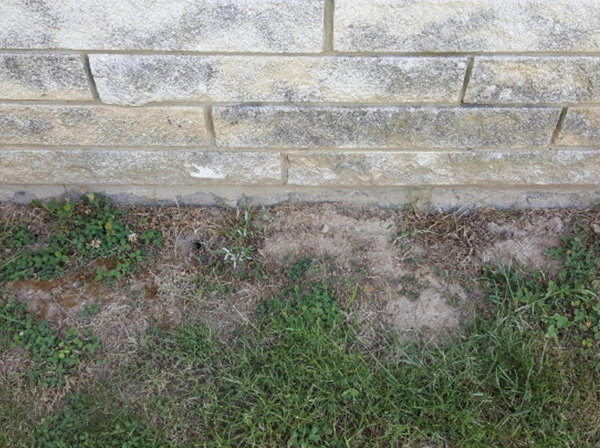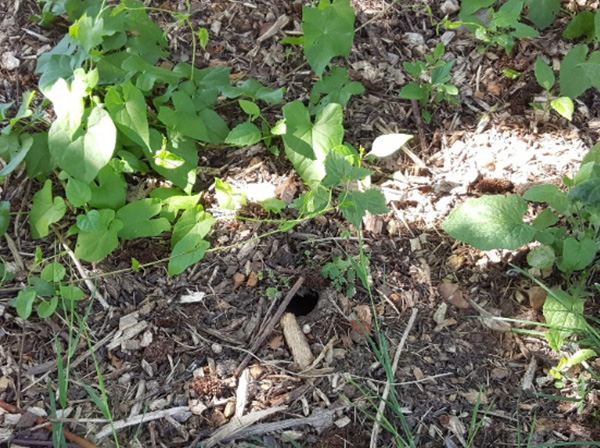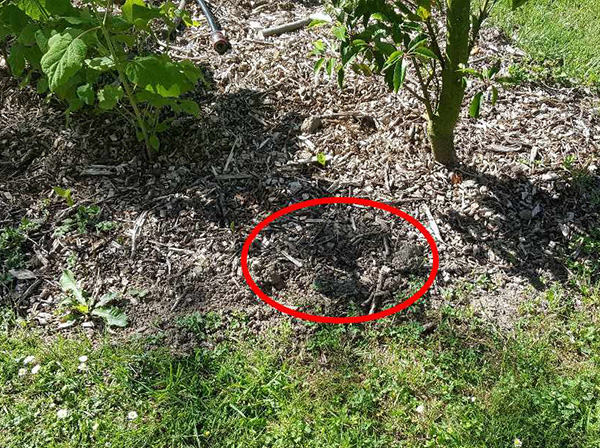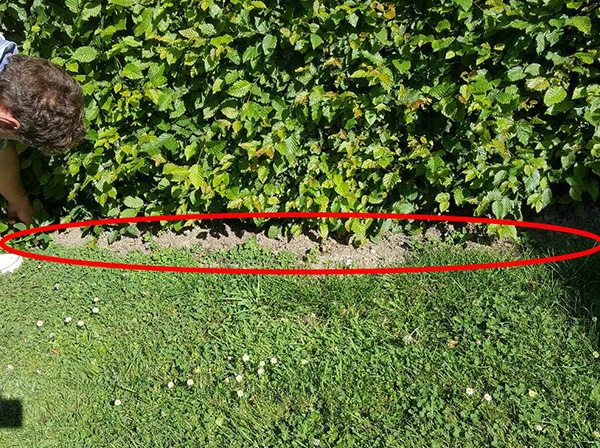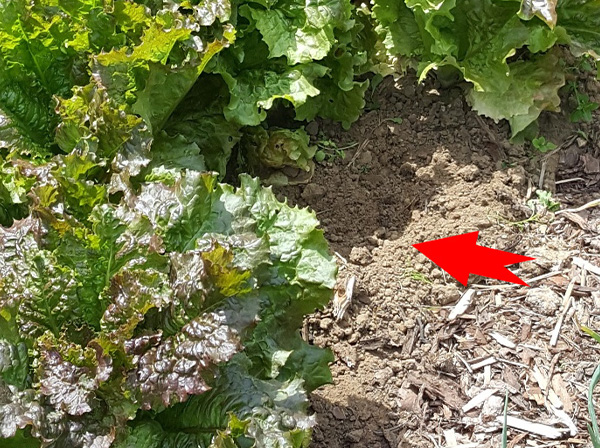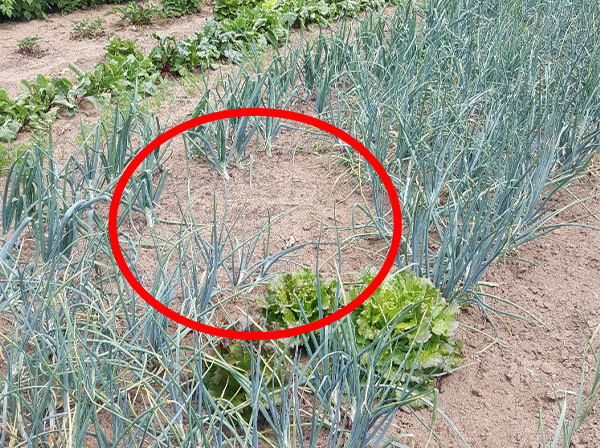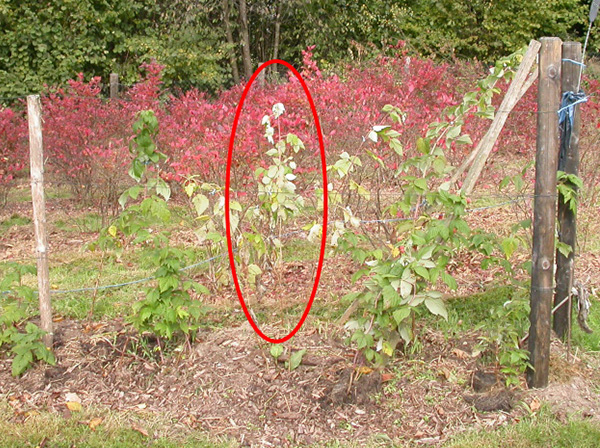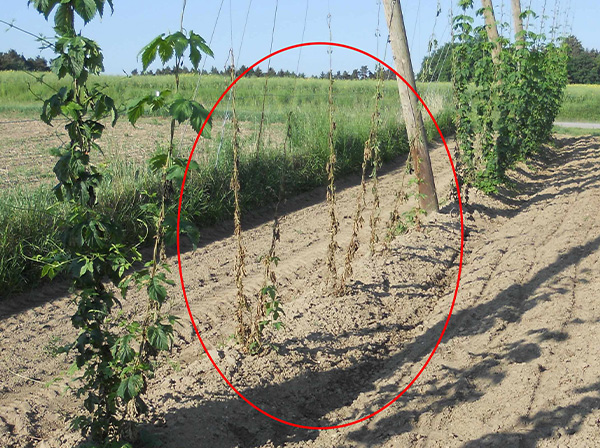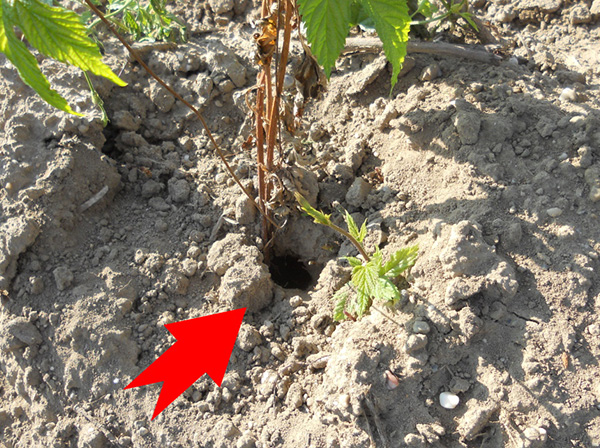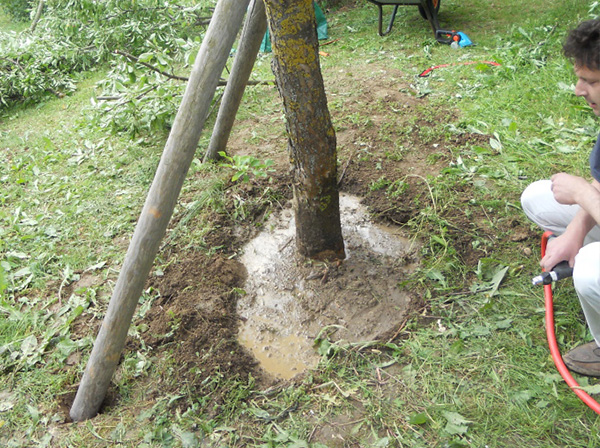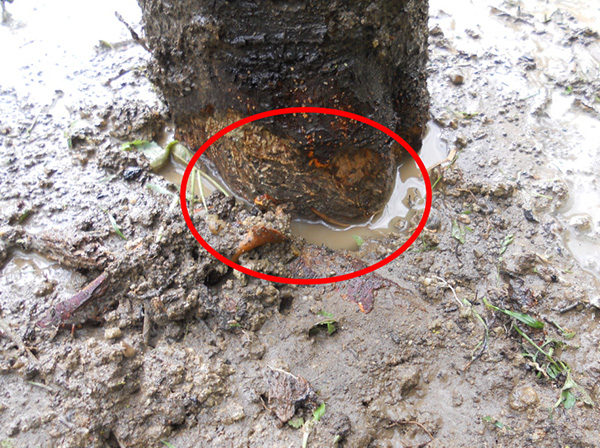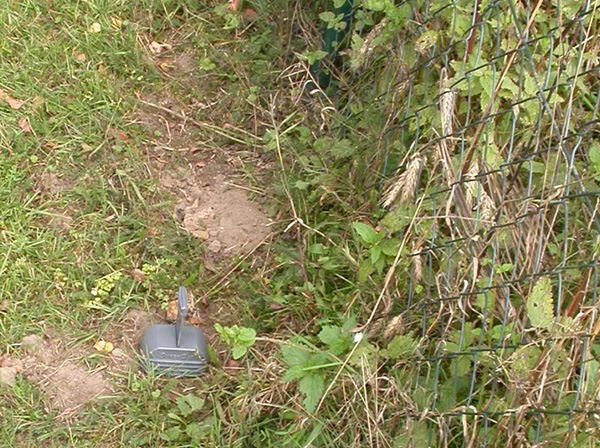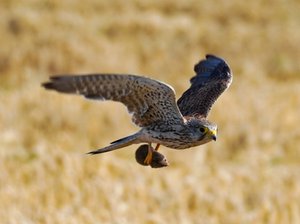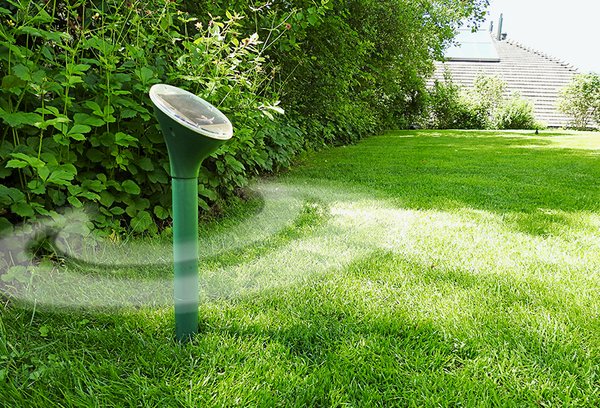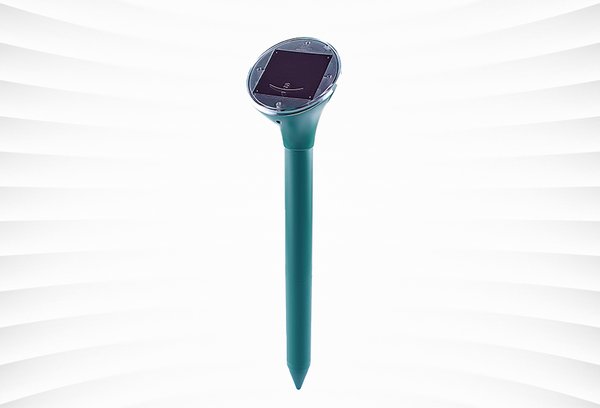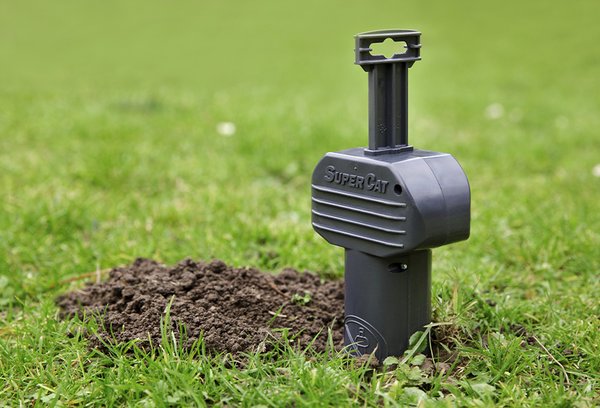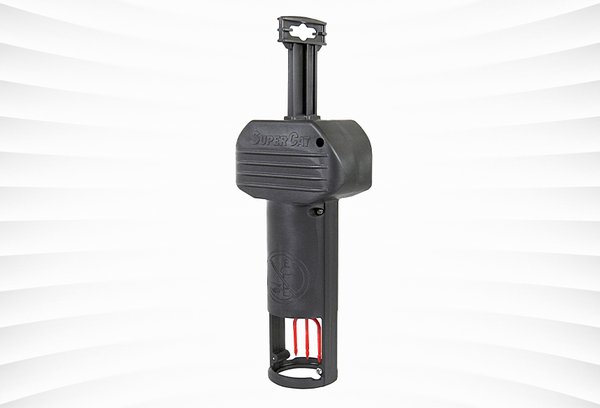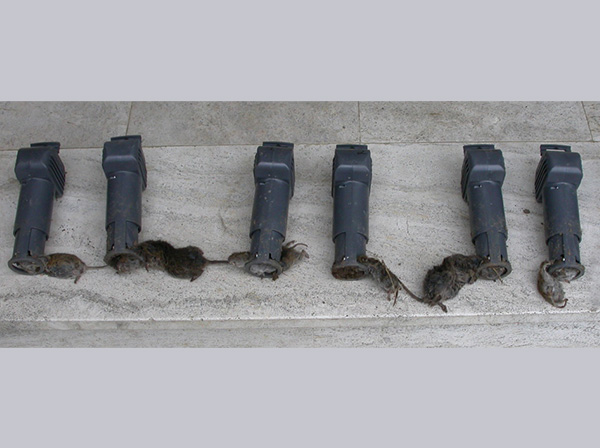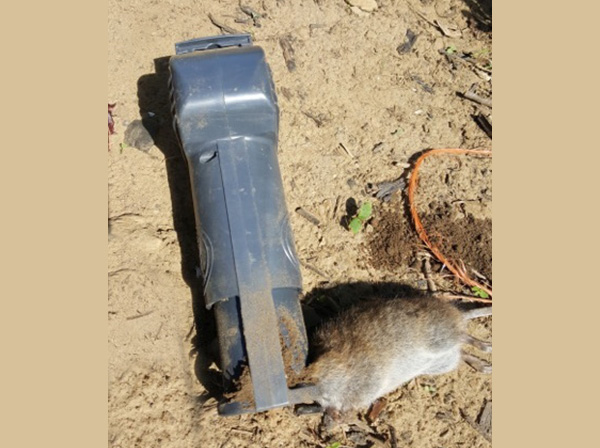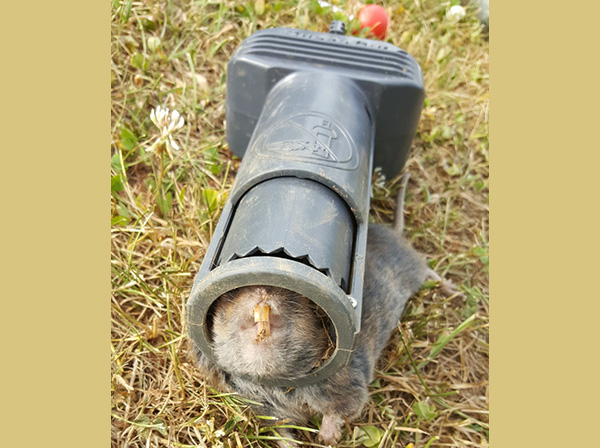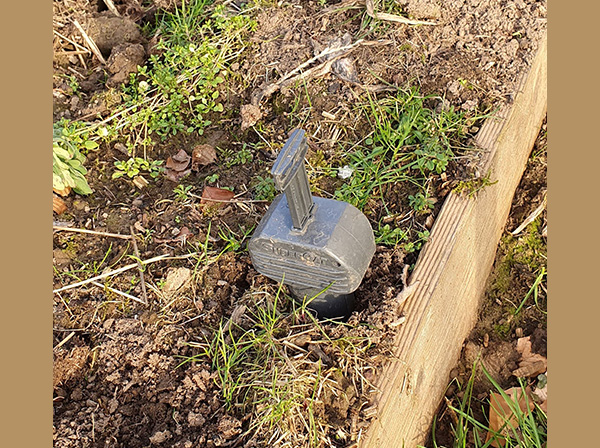Voles belong to the rodents and feed largely on plants. They are diurnal and nocturnal and do not hibernate. They swim and dive excellently. A skin fold on their mouth allows them to gnaw on roots even under water.
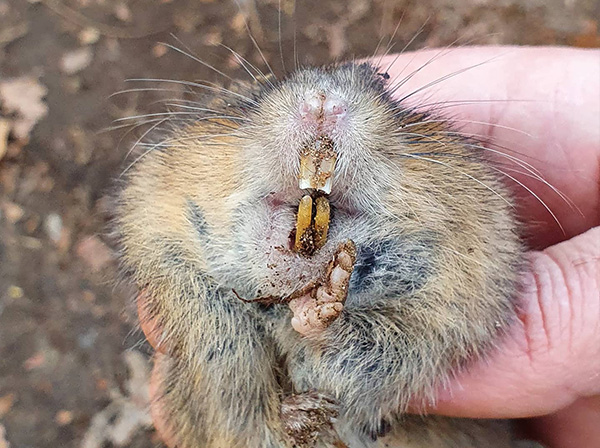
Until recently, it was even thought that there were two different species of voles, a terrestrial form (Arvicola terrestris) and an aquatic form (Arvicola amphibius). In France, for example, the terrestrial vole is not protected, but the aquatic vole is. Based on genetic studies, however, it is now certain that there is only one species of vole.
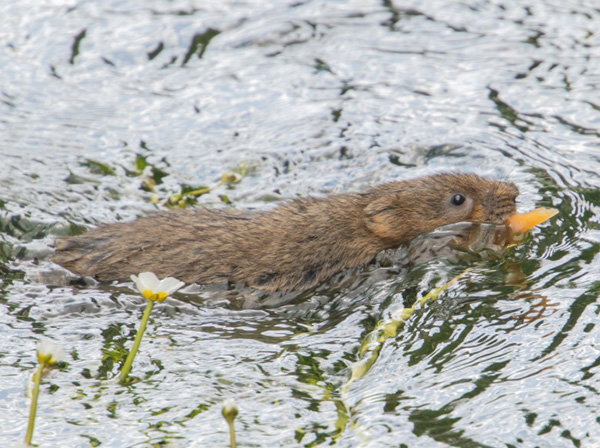
Voles are good swimmers
Voles live most of the time underground in their burrow system and rarely leave the burrow. They prefer to build their tunnels in light to medium-heavy soils, which should be cool and moist. The tunnel system of the vole is up to 100 cm deep, can be up to 100 m long and covers up to 200 m2 area. The territories of males are larger than those of females and may overlap with territories of several females. The territories are aggressively defended against intruders. In the upper areas the feeding tunnels lead to the food plants, in the lower areas there is a sleeping chamber and storage chambers. In autumn, the vole collects roots and stores food for the winter. The vole's passage system is normally always closed to ward off enemies; there are no open holes except for a few emergency exits (see vole test).
Structure of a Vole’s Residence:
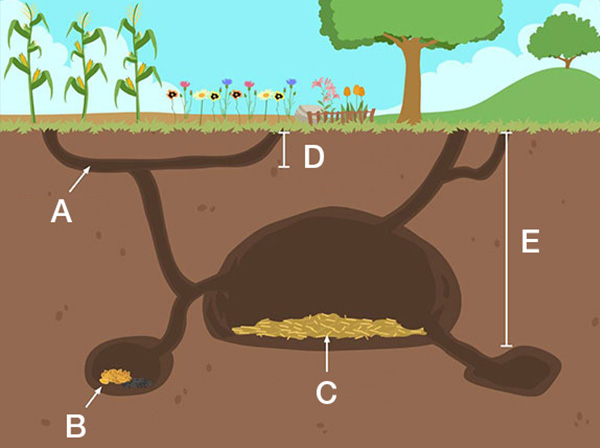
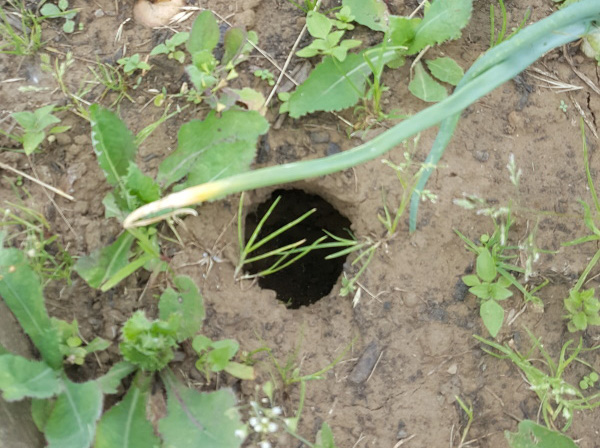
A. Tunnel network
B. Pantry
C. Living area
D. 10-20cm below the ground
E. Approx. 50cm below ground
Voles have glands on their flanks with which they mark the walls of the tunnels. These markings serve both for orientation in the tunnel system and for communication with conspecifics.
Voles are toothed voles. They bite into the soil with their mouths and push it out with their hind paws. This creates flat piles interspersed with root and grass remains. These piles can be easily distinguished from those of the mole. They are flatter and elongated and not as rounded as those of the mole. The soil ejected by the vole is finely crumbly, whereas that of the mole is much coarser. This distinction is important because the mole is protected in some countries.
In the winter months, voles are solitary animals. Only during the mating season do males and females come together and raise their young together. Otherwise they stay out of each other's way.
Natural enemies:
The vole has a large number of natural enemies such as weasels, stoats, cats, martens, foxes, badgers and wild boars. But also birds of prey, owls, snakes and predatory fish hunt voles.
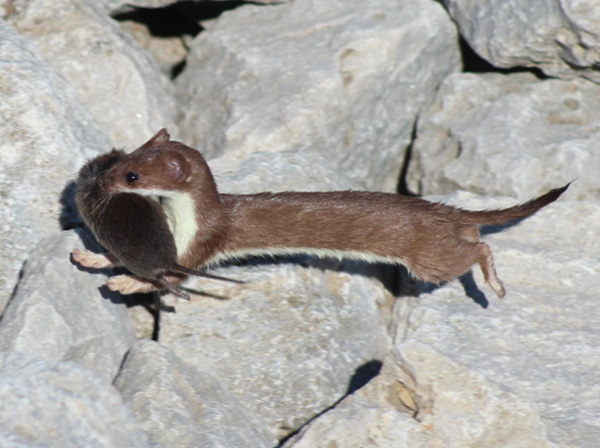
A successful weasel, barely larger than prey


![[Translate to EN:] [Translate to EN:]](/files/pics/7/2/csm_Mouse__860x586px_4295e63b71.jpg)
![[Translate to EN:] indian-meal moth on oatmeal [Translate to EN:] indian-meal moth on oatmeal](/files/pics/b/6/csm_indian-meal-moth-on-oatmeal_low_659108f917.jpg)
![[Translate to EN:] Schnecken [Translate to EN:] Schnecken](/files/pics/5/f/csm_Slug__860x586px_da4b2d7f83.jpg)
![[Translate to EN:] Vogel [Translate to EN:] Vogel](/files/pics/8/9/csm_Bird__860x586px_273b7ffaf9.jpg)
![[Translate to EN:] Ratten [Translate to EN:] Ratten](/files/pics/0/9/csm_Rat__860x586px_e3e988d139.jpg)
![[Translate to EN:] Maulwurf [Translate to EN:] Maulwurf](/files/pics/2/e/csm_Mole__860x586px_d43e7e8948.jpg)
![[Translate to EN:] Marder [Translate to EN:] Marder](/files/pics/d/6/csm_Marten__860x586px_7508da5714.jpg)
![[Translate to EN:] Fliege [Translate to EN:] Fliege](/files/pics/a/d/csm_Fly__860x586px_66c70bb32f.jpg)

